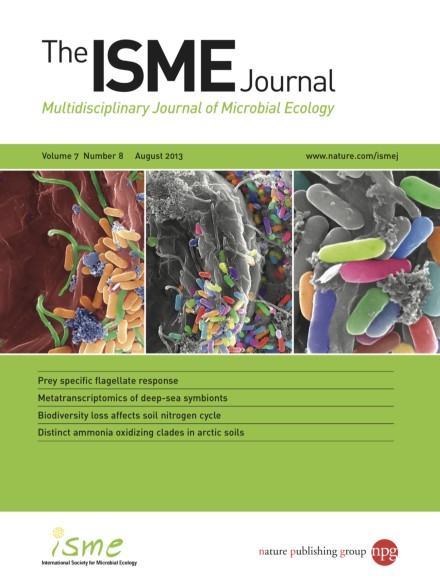-
Views
-
Cite
Cite
Laurent Philippot, Aymé Spor, Catherine Hénault, David Bru, Florian Bizouard, Christopher M Jones, Amadou Sarr, Pierre-Alain Maron, Loss in microbial diversity affects nitrogen cycling in soil, The ISME Journal, Volume 7, Issue 8, August 2013, Pages 1609–1619, https://doi.org/10.1038/ismej.2013.34
Close - Share Icon Share
Abstract
Microbial communities have a central role in ecosystem processes by driving the Earth’s biogeochemical cycles. However, the importance of microbial diversity for ecosystem functioning is still debated. Here, we experimentally manipulated the soil microbial community using a dilution approach to analyze the functional consequences of diversity loss. A trait-centered approach was embraced using the denitrifiers as model guild due to their role in nitrogen cycling, a major ecosystem service. How various diversity metrics related to richness, eveness and phylogenetic diversity of the soil denitrifier community were affected by the removal experiment was assessed by 454 sequencing. As expected, the diversity metrics indicated a decrease in diversity in the 1/103 and 1/105 dilution treatments compared with the undiluted one. However, the extent of dilution and the corresponding reduction in diversity were not commensurate, as a dilution of five orders of magnitude resulted in a 75% decrease in estimated richness. This reduction in denitrifier diversity resulted in a significantly lower potential denitrification activity in soil of up to 4–5 folds. Addition of wheat residues significantly increased differences in potential denitrification between diversity levels, indicating that the resource level can influence the shape of the microbial diversity–functioning relationship. This study shows that microbial diversity loss can alter terrestrial ecosystem processes, which suggests that the importance of functional redundancy in soil microbial communities has been overstated.




